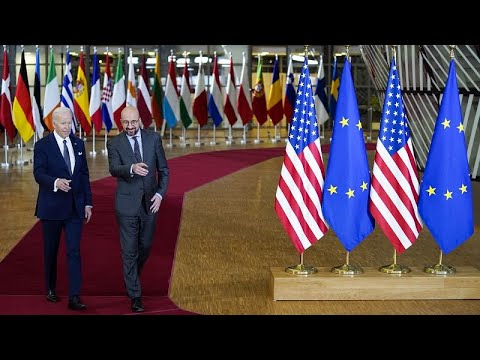The US Inflation Reduction Act (IRA) is set to mobilise significant fiscal resources into cleantech deployment. In the EU, the IRA’s subsidies have raised legitimate concerns for the competitive challenge they pose to domestic industry. But the EU has also long supported green investments by a similar order of magnitude as the US is doing now – including via the EU’s ETS ‘stick’. Ultimately, the EU and the whole world can even benefit from the spillover effects triggered by the IRA.
While comparable with the IRA, European spending for green industrial policy is however much more dispersed, less predictable and possibly more difficult to access than the IRA’s tax credits. Considering the EU’s institutional and budget constraints, national spending via state aid also retains a crucial role in EU green industrial support, though significant differences in spending capacity exist across Member States. As the EU heads towards the 2024 European elections, there should be careful reflection on the role of Member States versus common EU financing of green industrial policies.
This CEPS Explainer examines the merits and limits of the EU’s green industrial policies vis-à-vis the IRA, the EU’s response to the US policy and how the EU’s green industrial policy can evolve further.
Full summary at original link.
About the authors
Milan Elkerbout is a Non-Resident Associate Fellow at CEPS. Before starting a position as Fellow at Resources for the Future in Washington DC, he was a Research Fellow and Head of the climate policy programme at CEPS.
Edoardo Righetti is a Researcher in the Energy, Resources and Climate Change Unit at CEPS. His main areas of expertise include EU energy and industrial policy.
Christian Egenhofer is Associate Senior Research Fellow within the CEPS Energy, Resources and Climate Change Unit, which he has been heading from 2000 to 2019.In addition, he holds a position as Senior Research Associate at the School of Transnational Governance at the European University Institute (EUI) in Florence, Italy.


